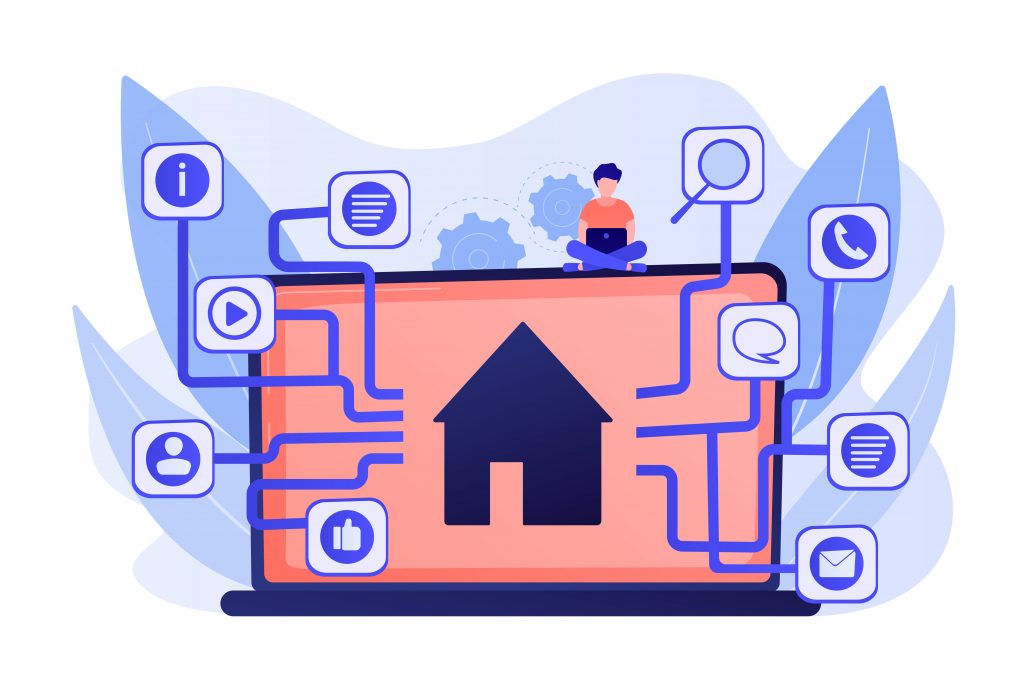Now Reading: The Future of Work: Automation Without Losing the Human Touch
-
01
The Future of Work: Automation Without Losing the Human Touch
The Future of Work: Automation Without Losing the Human Touch

As technology continues to evolve at breakneck speed, the way we work is undergoing a seismic shift. Automation—think AI, robotics, and smart systems—is transforming industries, streamlining tasks, and reshaping workplace landscapes. But with all the buzz around robots taking over routines, many of us are left wondering: How do we ensure that as machines handle more, the essential human touch doesn’t get lost? Let’s dive into the core of this topic and explore strategies to balance cutting-edge tech with human connection.
Understanding the Rise of Automation in the Workplace: What It Means for Us
Automation has been gaining momentum for decades, but recent advancements have catapulted it into the forefront of modern work environments. From chatbots handling customer service inquiries to warehouses operated by autonomous robots, automation is making businesses more efficient, cost-effective, and scalable.
Why the surge now?
The confluence of cheaper computing power, advances in artificial intelligence, and the explosion of big data has made it feasible—sometimes even necessary—for companies to automate. As markets globalize and customer expectations skyrocket, businesses see automation as a clever way to stay competitive, deliver faster services, and reduce human error.
Impact on jobs and roles
Of course, this poses questions. Will robots replace humans altogether? The reality isn’t black and white. Automation tends to shift job roles rather than eliminate them outright. For example, certain repetitive, monotonous tasks—data entry, basic customer inquiries—are increasingly automated. This frees up human workers to focus on more complex, creative, and emotionally nuanced activities.
The human-AI collaboration
Instead of replacing humans, many futuristic workplaces envision a symbiotic relationship where humans and AI collaborate. AI can analyze vast data sets rapidly, drawing insights that humans can interpret and act upon creatively and empathetically. The key is understanding that automation is a tool—one that, if wielded wisely, can enhance human capabilities rather than diminish them.
Balancing Tech and Humanity: How We Can Keep the Human Touch Alive Amidst Automation
The big question is: How do we keep the human element alive as workplaces become more automated? It’s about striking a delicate balance—embracing technology without losing sight of what makes work meaningful: connection, empathy, and understanding.
1. Prioritize emotional intelligence and soft skills
While machines excel at processing information, they lack empathy, intuition, and emotional insight. Roles that deeply rely on human connection—like counseling, negotiation, or management—are hard to automate. Investing in soft skills training ensures employees remain valued sources of trust and rapport. These skills can’t be mimicked by AI and are crucial for client relationships, teamwork, and leadership.
2. Redesign jobs to focus on human-centric tasks
Instead of automating entire roles, organizations can redesign jobs to incorporate more human-focused activities. For example, customer service agents might spend less time on rote queries, focusing instead on complex problem-solving and creating memorable customer experiences. This not only enhances job satisfaction but also leverages human strengths.
3. Foster a culture of continuous learning and adaptability
As automation reshapes roles, workers need to be agile and willing to learn new skills. Encouraging lifelong learning and offering upskilling programs helps employees stay relevant. When people feel valued and equipped to adapt, the workplace remains vibrant and human-centered.
4. Use automation to augment, not replace
Smart organizations see automation as an assistant—helping humans do their jobs better, faster, and more creatively. For example, AI can handle data analysis while humans interpret and communicate the implications. This synergy leads to better outcomes and preserves the personal touch in customer interactions.
5. Maintain open communication and transparency
Shift to automation can be unsettling. Clearly explaining the purpose of tech integrations, listening to employee feedback, and being transparent about changes foster trust. When staff understand that technology aims to empower rather than displace, morale remains high.
6. Emphasize ‘human-centered’ design in technology
Designing AI and automation tools with the user in mind—prioritizing ease of use, ethical considerations, and privacy—ensures that tech enhances human experiences without eroding personal connections.
Wrapping It Up
Automation isn’t a future to fear; it’s a future to shape consciously. The goal should be to harness intelligent systems to elevate human work, not replace it. When companies focus on cultivating soft skills, redesigning roles thoughtfully, and fostering an environment of continuous learning, they can enjoy the benefits of automation without sacrificing the human touch.
The future of work isn’t about robots vs. humans—it’s about humans with smarter tools, working hand in hand to create more meaningful, engaging, and compassionate workplaces. By striking this balance, we can build a future where technology amplifies our humanity, not diminishes it.
























